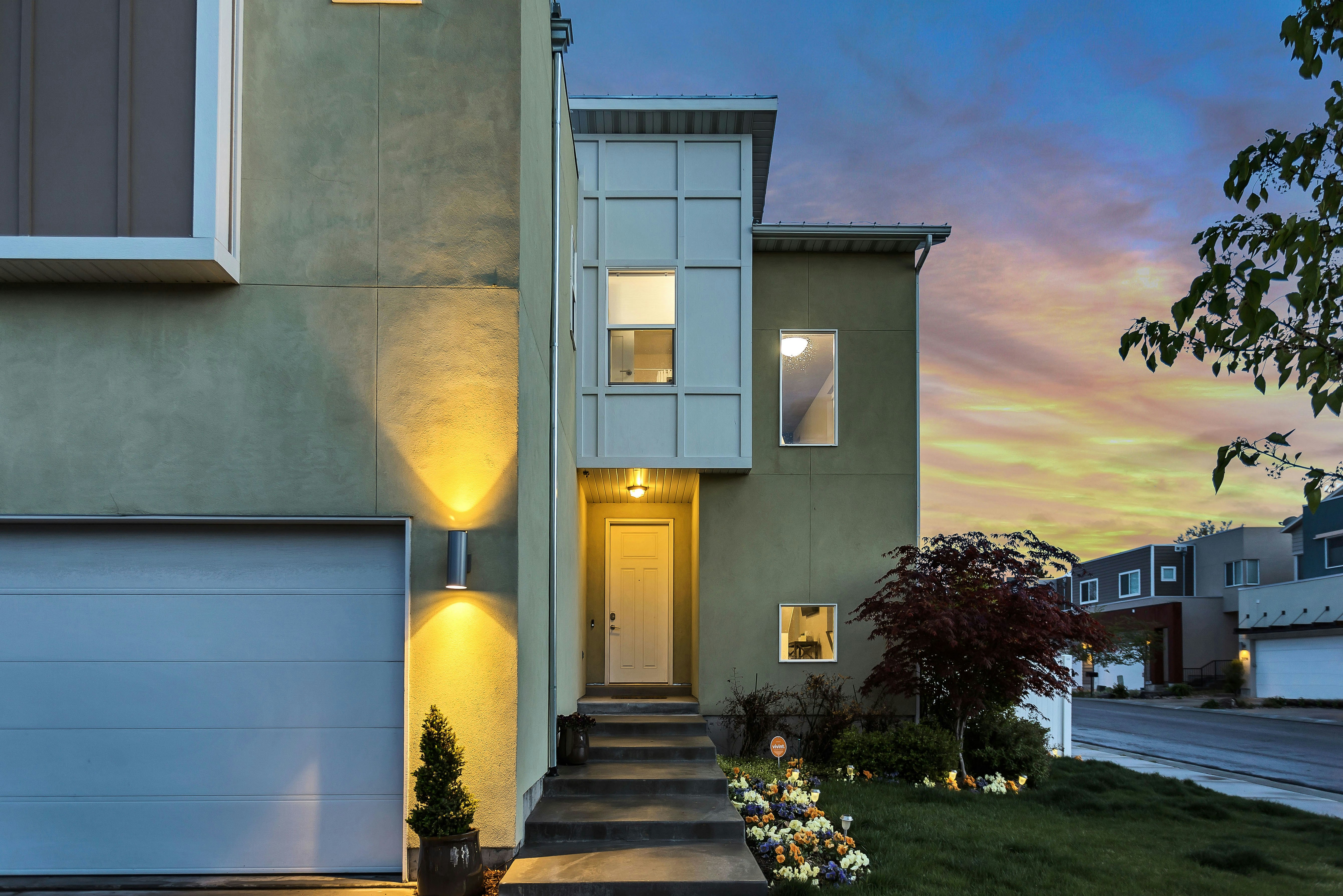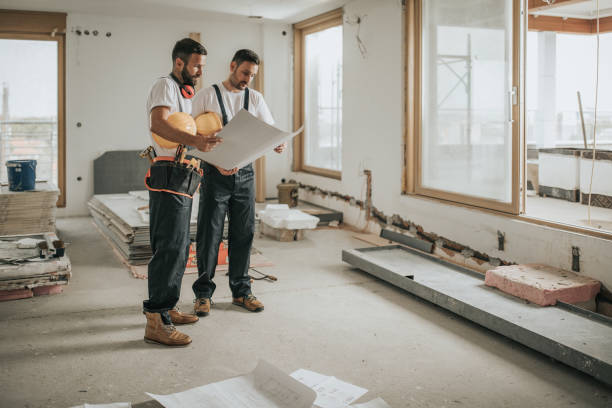Why Your Home May Be Worth More (or Less) Than You Think
Understanding your home's true value can be surprisingly complex. While many homeowners rely on basic online estimates or their purchase price as indicators, numerous dynamic factors influence property values. From location-specific elements to broader market trends, various components work together to determine what your home is actually worth in today's market.

What Primary Factors Drive Home Value?
The value of your home is influenced by several key elements working in concert. Square footage, lot size, and the number of bedrooms and bathrooms form the baseline. However, the age of your home, its overall condition, and architectural style also play crucial roles. Modern features like energy efficiency and smart home technology can increasingly impact value, while basic structural integrity and systems functionality remain fundamental considerations.
How Does Location Impact Property Values?
Location remains one of the most significant value determinants. Neighborhood quality, school district ratings, and proximity to amenities directly affect property prices. Crime rates, traffic patterns, and future development plans in your area can either boost or decrease value. Even factors like views, street position, and distance from busy roads or commercial areas can significantly influence your home’s worth.
What Role Do Home Improvements Play in Value?
Strategic renovations can substantially impact property value. Kitchen and bathroom updates typically offer the highest return on investment, while maintenance of basic systems like HVAC, plumbing, and roofing is crucial for maintaining value. However, not all improvements yield equal returns – over-customization or luxury upgrades may not fully recover their costs in some markets.
How Do Current Market Conditions Affect Home Values?
Real estate markets are cyclical and influenced by various economic factors. Interest rates, local employment rates, and housing inventory levels all affect property values. Current market conditions can create either a buyer’s or seller’s market, potentially causing your home’s value to fluctuate significantly from year to year.
What Unique Regional Factors Impact U.S. Home Values?
Different regions face distinct challenges and opportunities that affect home values. Coastal areas may contend with flood insurance requirements, while desert regions might see increased value from drought-resistant landscaping. Natural disaster risks, state tax policies, and regional economic trends create unique value considerations across different parts of the country.
What Are Current Home Value Trends Across Price Points?
| Price Range | Average Annual Appreciation | Market Demand Level |
|---|---|---|
| Entry-Level ($100k-$250k) | 5-7% | Very High |
| Mid-Range ($250k-$500k) | 4-6% | High |
| Luxury ($500k+) | 3-5% | Moderate |
Prices, rates, or cost estimates mentioned in this article are based on the latest available information but may change over time. Independent research is advised before making financial decisions.
Real estate markets are inherently local and constantly changing. While general principles of home valuation remain consistent, individual property values are ultimately determined by the unique combination of physical characteristics, location attributes, and current market conditions. Regular professional appraisals and market analysis can help ensure you maintain an accurate understanding of your home’s true value.




